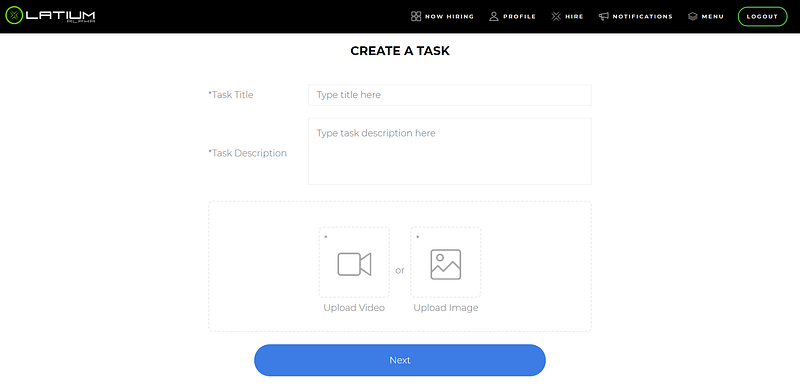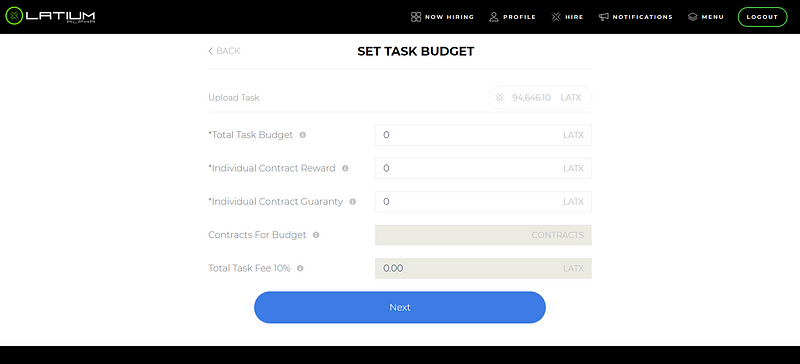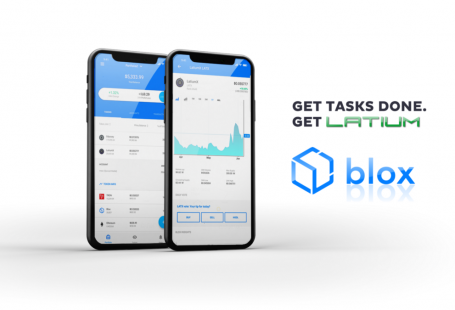In our ongoing desire to showcase the near limitless market capabilities of the Latium platform, we present to you a use case example for web development, user experience testing.

Jason is a talented web developer that is currently constructing a niche market social networking platform for his current enterprise clientele’. Jason is able to handle the planning, design, and development of the necessary application layer deployment due to his extensive industry experience in his given field of knowledge.
As Jason’s projects near closer to full, public deployment, however, he realizes that further testing across varied access methods remains necessary. Pressed for time, he would prefer to have real world application and backend server load testing conducted in an environment which best mimics an accurate daily use scenario.
Thankfully Jason is a member of the growing Latium community and turns to the platform to assist.
Needing to reach out to a wide variety of users across multiple different operating systems, browsers and hardware, Jason utilizes Latium for task creation. He can rest easy knowing he is able to ensure proper registration is tested, completed, then confirmed.
With a set budget for testing, Jason creates a task with a set number of 200 applicants. Setting a Guaranty, Jason is able to attract more worthwhile applicants, while protecting his contribution to the platform. You may have already read about this in one of our past articles detailing this process within Latium.
Jason is afforded complete control over the task creation process to ensure that the requirements are clearly defined, and the budget for payment is definitively set.

After defining the task, Jason then begins the task budget process, allowing for a specific level of control, defining a true One to Many tasking structure.

Utilizing a total task budget, as well as individual contract reward and guaranty amounts, Jason is able to attract more seasoned and verified participants. Setting a Guaranty of 10 LATX, with a full contract reward of 100, interested participants can apply and begin the work knowing that at time of completion they have a guaranteed reward prior to mutual agreement of completion. Consequently, task applicants will have to place a bond for the total amount of the guaranty, further creating incentive for mutual agreement and minimizing disputes.
Jason is able to select candidates best suited to his task by carefully reviewing and selecting applicants with positive reputation scores.

After the entirety of applicants have completed the set task (within a One to Many tasking scenario), Jason compiles his data. Armed with a confirmed datasheet of a variety of hardware and operating systems, Jason is able to apply this data to his client’s request. He further adds value to the testing datasheet by being able to source numerous users from across the globe, with a wide variety of hardware, software and bandwidth provider solutions.
While the possible tasking creation and completion is near endless with the Latium platform, we aim to continue in a series of articles detailing many of the ways it can further be used in real world, daily use adoption.
Thank you for your interest in the the Latium platform and associated utility token. As always you can follow us on Twitter and join our Telegram Chat and Discord for the latest news, updates and developments as we progress.





